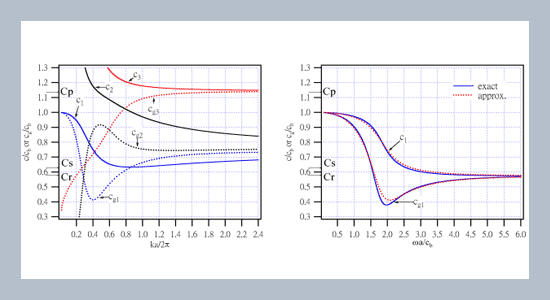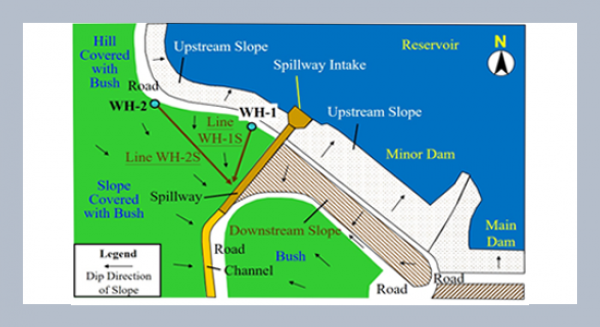Chih-Peng Yu1 and Chih-Hung Chiang Department of Construction Engineering, Chaoyang University of Technology, Wufeng, Taichung County 413, Taiwan, R.O.C.
Download Citation:
|
Download PDF
The analytical determination of dispersion relations of stress waves propagating within an axisymmetric member has been well established during the past four or five decades. For dynamic analysis associated with fundamental modes of vibration, various one-dimensional (1-D) member theories have been proven to be able to reproduce reasonable approximations for the dispersion relationship. These 1-D member theories provide more efficient and simpler solutions than those obtained by the three-dimensional (3-D) elasticity theory since the need for evaluating special functions such as Bessel functions is eliminated. To assess the loss in prestressing force, elastic waves were applied by various researchers to slender members of axisymmetric cross sections, such as seven-wire-strand tendons and underground pipelines. Thus the feasibility of using the 1-D member theories to predict the associated dispersion phenomenon should be addressed. In this work, formulations of most applicable 1-D linear theories were summarized and corresponding dispersion approximations were obtained in terms of dimensionless parameters. These formulations include the three-mode Mindlin-McNiven theory for axial vibrations, the two-mode Timoshenko beam theory for transverse vibrations, and the nonlinear theory for cable dynamics.ABSTRACT
Keywords:
dispersion; stress waves; prestressing members.
Share this article with your colleagues
REFERENCES
ARTICLE INFORMATION
Accepted:
2002-12-28
Available Online:
2003-03-01
Yu, C.-P., Chiang, C.-H. 2003. Prediction of dispersion relation for elastic stress waves in prestressed tendons using 1-D member theories. International Journal of Applied Science and Engineering, 1, 1–16. https://doi.org/10.6703/IJASE.2003.1(1).1
Cite this article:















